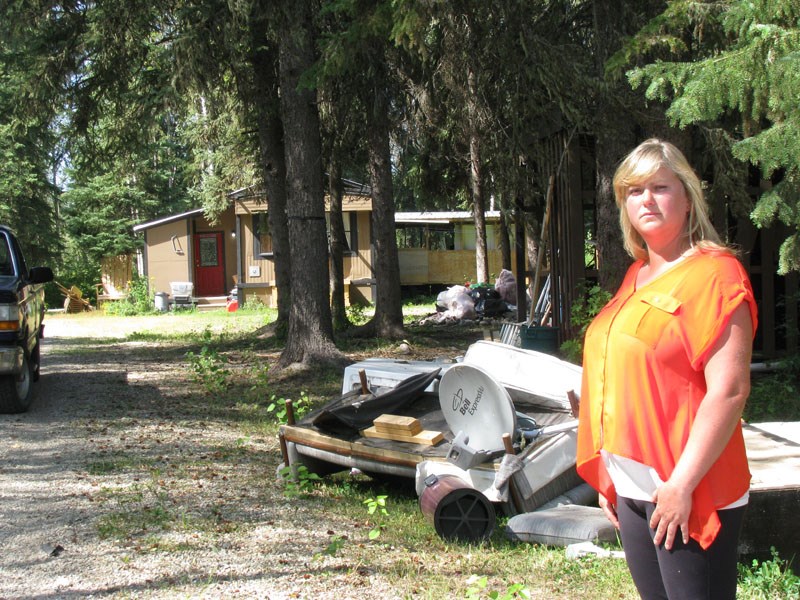1) File a notice to end tenancy.
There are three different kinds of eviction notices that landlords can serve to tenants depending on the circumstances: A 10-day notice (for tenants who do not pay their rent or utilities when due); a 30-day notice (for cases where the tenant has caused "extraordinary" damage to the property, engaged in illegal activity or jeopardized the safety of the landlord or another tenant); and a two-month notice (for when the landlord intends to do major construction, use the property or when the tenant no longer applies for subsidized housing). Each notice must be served in a specific manner and the tenant has a specific window to dispute the eviction depending on the type of notice served.
2) Apply for an Order of Possession.
If the tenant does not apply to dispute the eviction notice, a landlord is able to apply for an Order of Possession through the Residential Tenancy Branch. This order compels the tenant to move out and gives the landlord the power to repossess the property and/or unit. The landlord must serve the tenant with the order.
3) Apply for a Writ of Possession.
Under law, a landlord is not allowed to physically remove a tenant, lock a tenant out or take possession of a tenant's property. If a renter refuses to vacate a property after their tenancy has legally concluded, then a landlord is able to apply for a Write of Possession from B.C. Supreme Court. The writ allows a court bailiff to legally remove the tenant from the property and return ownership the property to the landlord.
4) Hire a bailiff
The landlord is required to pay for the bailiff to come and remove the renter, which could cost between $900 and $5,000, according to a spokesperson from the Residential Tenancy Branch. Some of this cost, however, can be recovered from the sale of the tenant's possession, which the bailiff has the authority to do under the Writ of Possession.
-- Source: The Residential Tenancy Act



